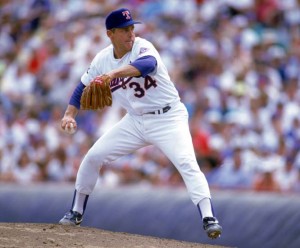By: Cameron Castro (@33Castro_)
Want to generate momentum and great direction down the mound? “Stack ‘em”!
This is a common statement our pitchers will hear me say. In our program, we talk often about stacking the hips (hip drive, pelvic loading, etc.). Now the first question to answer is why do we talk about it and what does it do for you?
In an ideal delivery, the hips work separately from the torso during the stride phase. A disconnection needs to occur for proper torso rotation to take place. The hips have to go first, with the torso close to follow. Some of the verbal cues (which I try not use a ton of) we use are, “show the back pocket” or “drive the back hip through the front hip”. For the record, I am more a fan of pitchers physically learning how to move, rather than learning how to listen [to cues]. When done correctly, the athlete should feel either a pinch in the back hip and/or pressure on the inside part of their lead leg.
